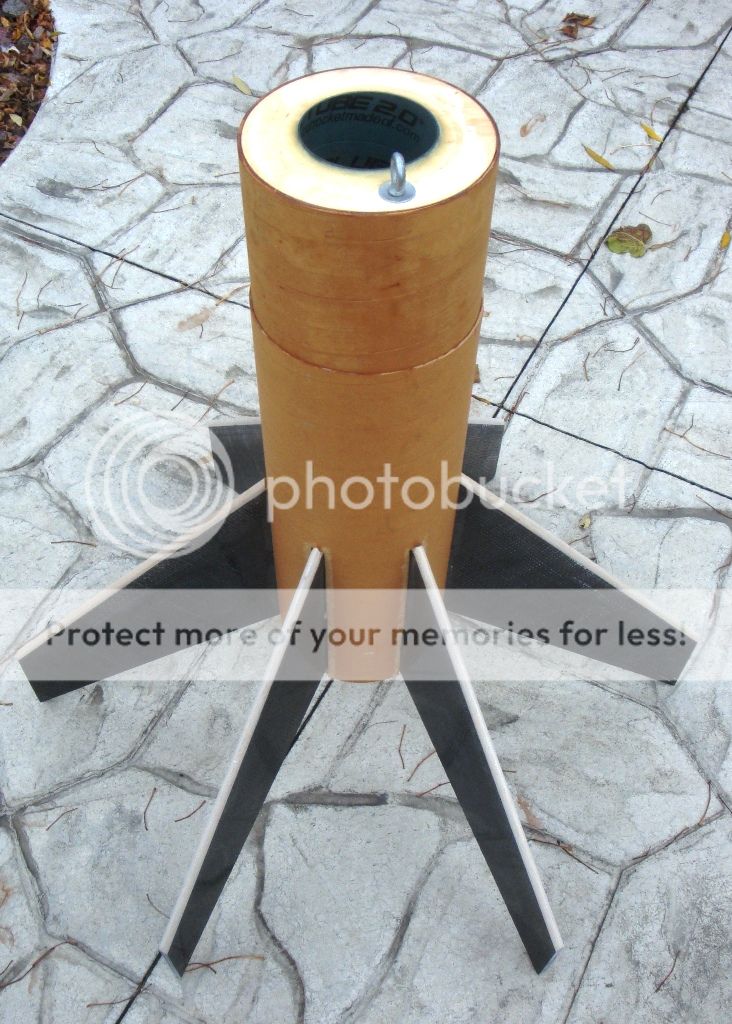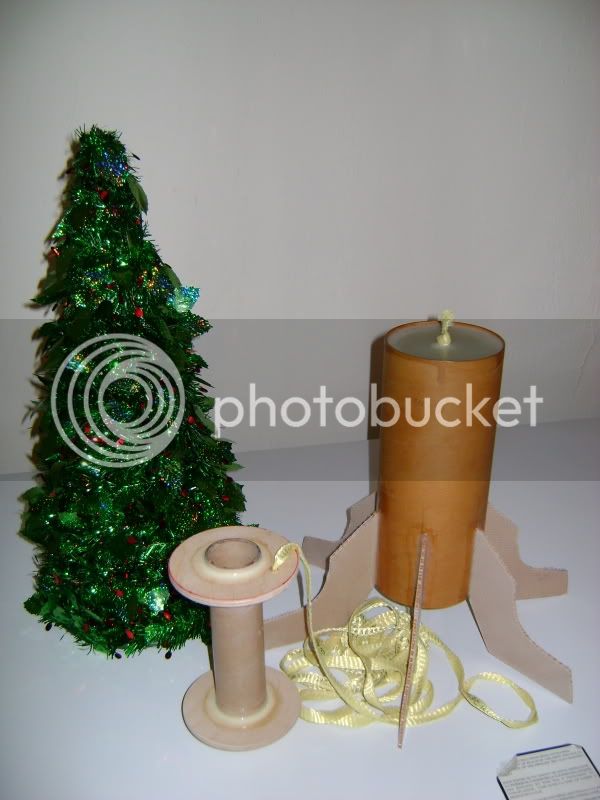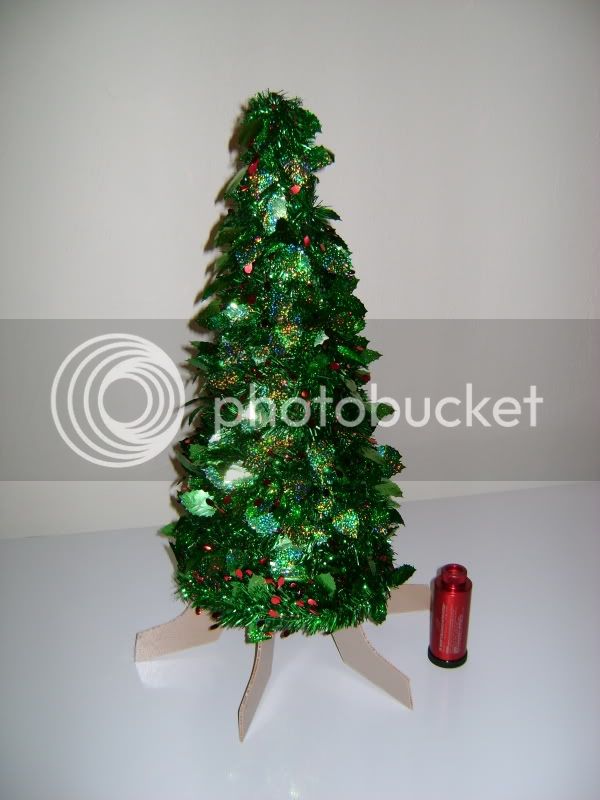Has anyone used honeycomb nomex for a fin material? Was wondering if it would hold up to mach + flight and if there was a problem with flutter. If it works it would seem to be a very lightweight solution.
Steve
Steve




Two similar examples; the fin structures of both worked well: G to M powered.
This was Gatorfoam core with carbon skins and balsa leading edges:

And this one was plain nomex honeycomb...no leading or trailing edge caps, just cut out the shape and epoxy them in place.


Flying trees and pumpkins are the best!
-Eric-
Another option is end-grain balsa core material - I love the stuff!
Two similar examples; the fin structures of both worked well: G to M powered.
This was Gatorfoam core with carbon skins and balsa leading edges:

And this one was plain nomex honeycomb...no leading or trailing edge caps, just cut out the shape and epoxy them in place.


Flying trees and pumpkins are the best!
-Eric-
What?!?!.... I expect to see a flying tree at MWP. No excuses. I'm not flying anything (except the drag race), so I'll help...
You saved considerably on money also. Cutting honeycomb can result in lots of waste product because of ribbon direction. It also likes to have perfed film adhesive for a full bond to each cell structure, assuming you'd cure your fin in an oven under vacuum. Costing more but without it the core isn't to its full potential.
I'd like to see how your balsa core turns out.




Mine turned out like this, the weight savings was pretty minimal, however the fins were very strong and stiff with only 2 layers CF each side. The rocket really didn't push them all that hard on a AT M1297W. The cost savings and ease of layup was some of the reason I used the end grain balsa sheet (which is a 1/4" thick). Dan's upscale Dragonfly turned out really well, I too am interested to see it on a more powerful motor.
View attachment 299350View attachment 299351View attachment 299352View attachment 299353
Is the core sort of a window cut out with end grain in the window?
Your carbon looks cured under vacuum?
It looks good and sturdy. Certainly tosses a few new ideas into my mind as well...
Enter your email address to join: